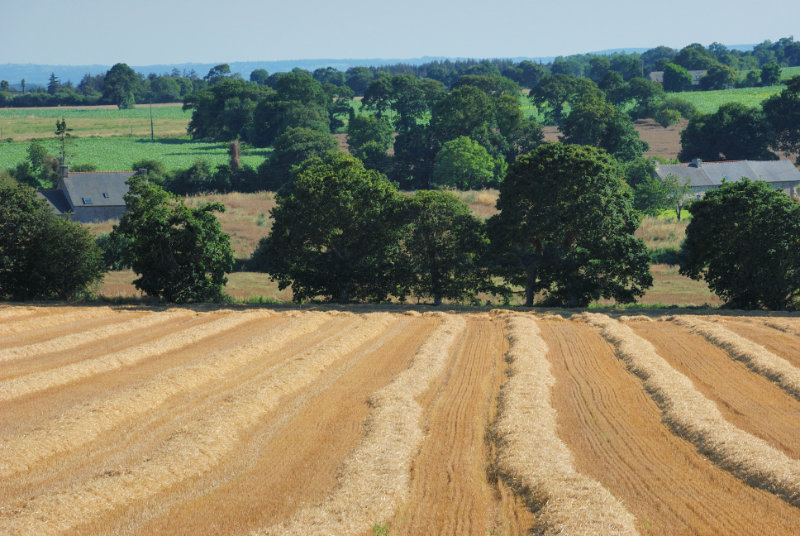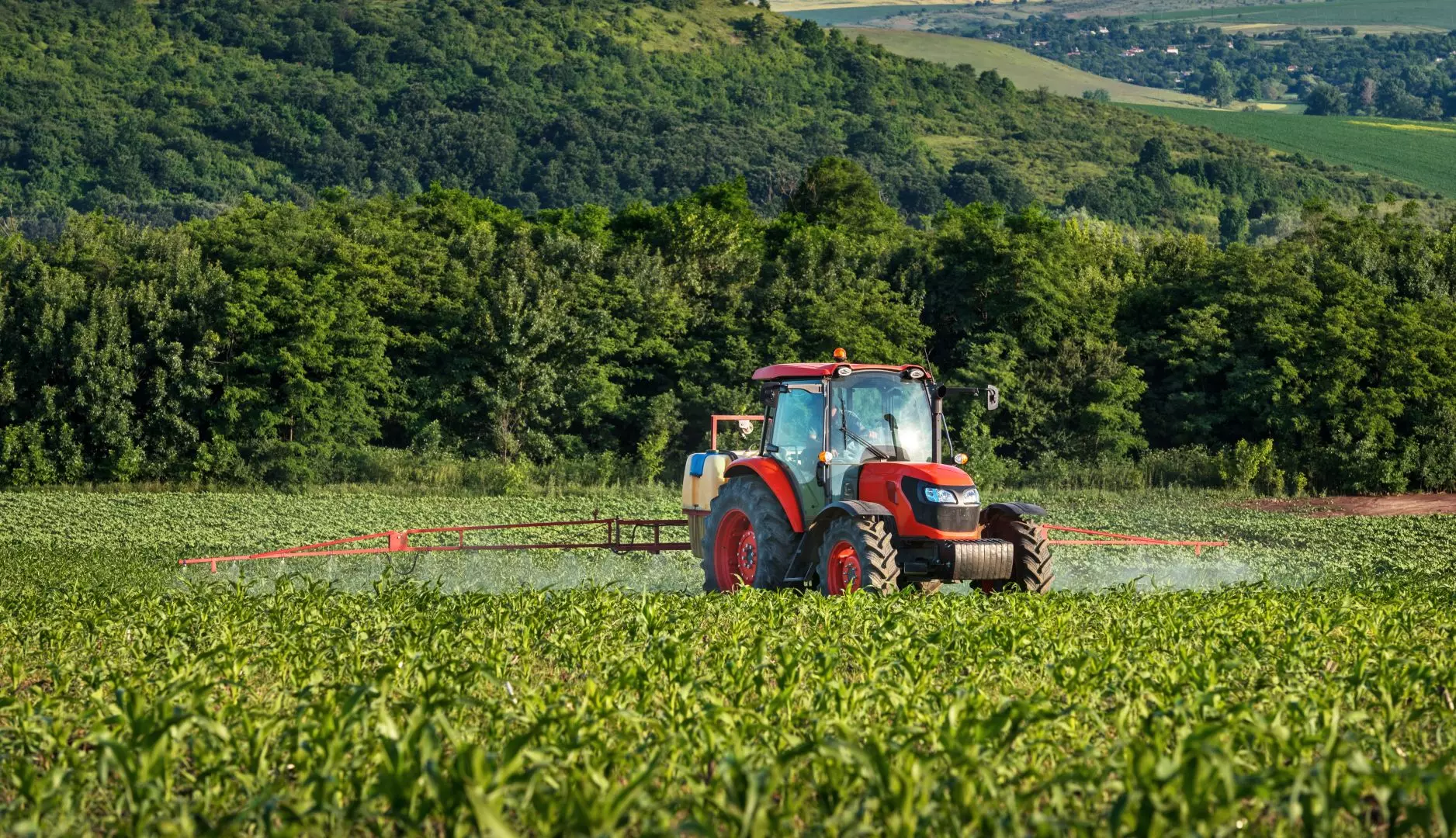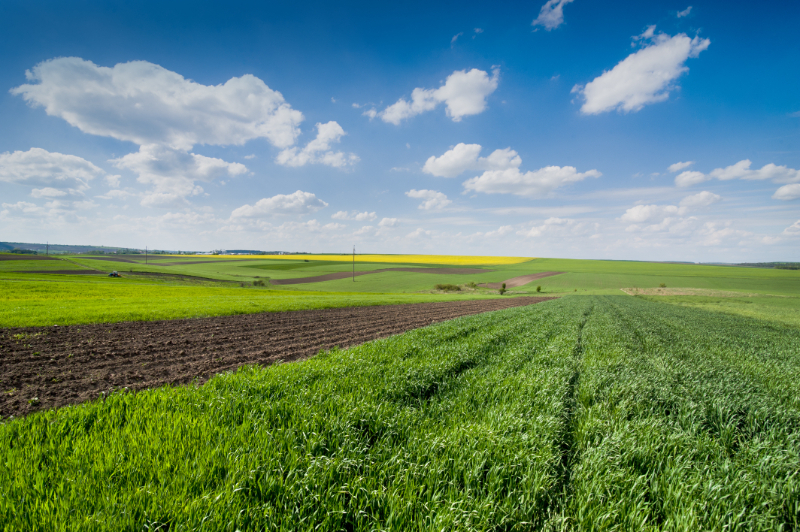Are you looking to convert agricultural land for residential use? Learn about UK planning laws, sustainable infrastructure, and how to navigate approval hurdles.
Understanding Planning Laws and Regulations
In the UK, converting agricultural land for residential use requires careful consideration of planning laws and regulations. Agricultural land is mainly used for farming, so obtaining planning permission for residential development can be challenging.
Under the Town and Country Planning Act 1990, a change in land use from agriculture to residential requires planning permission from the local planning authority (LPA). This involves submitting a planning application regarding the proposed development, its impact on the local environment, and how it aligns with planning policies.
LPAs assess applications based on local housing needs, sustainability, infrastructure, and environmental impact. In protected areas, such as National Parks, and Areas of Outstanding Natural Beauty (AONBs), there are stricter planning regulations, making it more difficult to gain approval.
Applications must demonstrate that the development meets housing demands while minimising harm to the landscape. In some cases, Class Q permitted development rights allow the conversion of existing agricultural buildings, such as barns, into homes without full planning permission, as long as specific criteria are met.
Environmental and Infrastructure Considerations
Converting agricultural land for residential use in the UK requires consideration of environmental and infrastructure factors to ensure the development is sustainable and responsible. Local planning authorities assess these aspects before granting permission, ensuring there is minimal impact on the environment.
Environmental considerations include protecting local wildlife, habitats, and biodiversity, as the developments must avoid disrupting ecosystems, particularly in protected areas. Assessments may be required to evaluate the effects on soil quality, water resources and air quality. Flood risk assessments are also crucial, especially in low-lying areas, to prevent future damage to properties.

Sustainable drainage systems (SuDS) must be implemented to manage water runoff and prevent waterlogging or pollution.
Considerations for infrastructure focus on access to roads, water supplies, sewage systems, and electricity. Waste disposal and sewage treatment solutions also need to be in place, either through connection to the main sewage network or alternative systems like septic tanks.
Additionally, access to healthcare, schools, and public transport is assessed to determine whether the new residential development is viable or not. Addressing these environmental and infrastructure concerns is crucial for obtaining planning approval.
Potential Challenges and How to Overcome Them
Converting agricultural land for residential use in the UK presents several challenges, mainly due to the strict planning laws, environmental concerns, and infrastructure requirements. However, with careful planning and guidance, these challenges can be managed effectively.
One of the biggest hurdles to overcome is obtaining planning permission. Agricultural land is used for farming, and local planning authorities (LPAs) often prioritise protecting rural landscapes. To overcome this, applicants must present a well-researched proposal that demonstrates how the development meets local housing needs while minimising environmental impact.
Environmental concerns are another significant challenge. New developments must not harm biodiversity, disrupt natural habitats, or increase flood risks. Environmental impact assessments (EIAs) and sustainable drainage systems (SuDS) can help mitigate these issues. Incorporating green spaces, tree planting, and renewable energy solutions can also strengthen your case for approval.
Legal Requirements and Land Title Changes
The main legal requirement for converting agricultural land is obtaining planning permission from the local planning authority (LPA). Under the Town and Country Planning Act 1990, a change of use from agricultural to residential requires strict approval.
Applicants must submit a detailed planning application, including site plans, environmental impact assessments (EIAs), and infrastructure plans. Developers must also comply with building regulations to ensure the new homes meet safety, energy efficiency, and structural standards. If the land is within a Green Belt or conservation area, additional restrictions may apply.

Agricultural land is often subject to agricultural ties or covenants, which restricts its usage to farming. Before development, these restrictions must be removed through legal agreements or approval from the LPA.
A change of land use classification is necessary once planning permission is granted. This process is managed through the Land Registry, which updates the title to reflect the new residential status. If the land is being sold for development, legal checks on ownership, rights of way, and access must be completed.
Meeting these legal requirements ensures there's a smooth and compliant transition from agricultural to residential land use.
Kent Property Witness is a Kent-based consultancy specialising in land and development advice, helping landowners, investors, and developers navigate the complexities of planning and property development.
We provide expert guidance on land use, planning applications and regulatory compliance. We ensure clients can maximise their land’s potential while meeting legal and environmental requirements.

